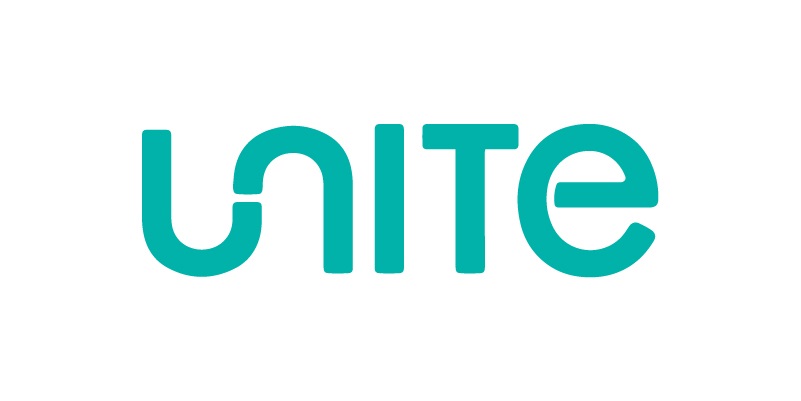Sim Local launches ‘UNITE’ eSIM platform for mobile operators

Julie Gibb of Sim Local
This month, Sim Local has officially launched its ‘UNITE’ eSIM platform. It aims to provide all the core capability a mobile operator needs to offer eSIM services to their customers.
Working directly with operators and indirect partners worldwide, UNITE allows customers of those operators to purchase, activate, download and install eSIM subscriptions onto their mobile devices.
According to Sim Local, an associated low CapEx and Pay As You Grow commercial model makes it an easy decision for operators to buy from them rather than building eSIM capability themselves. The GSMA predicts that by 2025, 35% of all smartphone network connections will be made using eSIM technology.
Even in two years’ time, 10% of those connections will be via eSIM. This shift moving from a physical SIM card to a digital eSIM download is set to transform the mobile industry, says Sim Local. This disruption will offer new business opportunities for mobile network operators (MNOs) and mobile virtual network operators (MVNOs), as well as a new world of choice for consumers.
Since 2011, Sim Local has been providing prepaid local SIM cards to international travellers, serving almost a million customers in 2019. It is this heritage, they report, which led to them recognising the commercial opportunities of eSIM.
Furthermore, partnering with the GSMA, the trade association for mobile operators worldwide, Sim Local has helped guide the development of the eSIM specification. The UNITE platform has been built using these standards and specifically developed to address the challenges of customer acquisition via eSIM.
Julie Gibb, chief technology officer at Sim Local, comments, “The arrival of eSIM technology is presenting a real challenge to the current business models of many mobile operators. At Sim Local, we embraced the digital transformation driven by eSIM technology and applied it to our own business by developing specialist eSIM capability through UNITE.”
 “UNITE utilises the latest in web technologies in conjunction with a microservices architecture to bring a best-in-class capability into an operator’s eSIM ecosystem. We’re specifically solving a problem for operators who are time / resource constrained we can deliver a complete eSIM solution to them in weeks, not months or years.”
“UNITE utilises the latest in web technologies in conjunction with a microservices architecture to bring a best-in-class capability into an operator’s eSIM ecosystem. We’re specifically solving a problem for operators who are time / resource constrained we can deliver a complete eSIM solution to them in weeks, not months or years.”
Sim Local’s platform reportedly utilises the latest technologies in web application development. The front end layer is a React-based UI framework that provides a single code base for rendering UI across Web and Mobile. React is the revolutionary UI technology that powers internet giants like Facebook, Instagram, AirBnB, Netflix and many others and is currently the popular JavaScript based UI framework on the web.
An API Gateway secures the underlying infrastructure and microservices and the API Gateway enforces strong authentication that is propagated to the underlying microservices. The microservices represent the business logic and are implemented as process layer APIs providing a level of orchestration and system layer APIs interacting with back end systems. This design aims to ensure the user interface, user experience and API layers are consistent irrespective of the underlying operator interface and capability variations.
Comment on this article below or via Twitter @IoTGN
